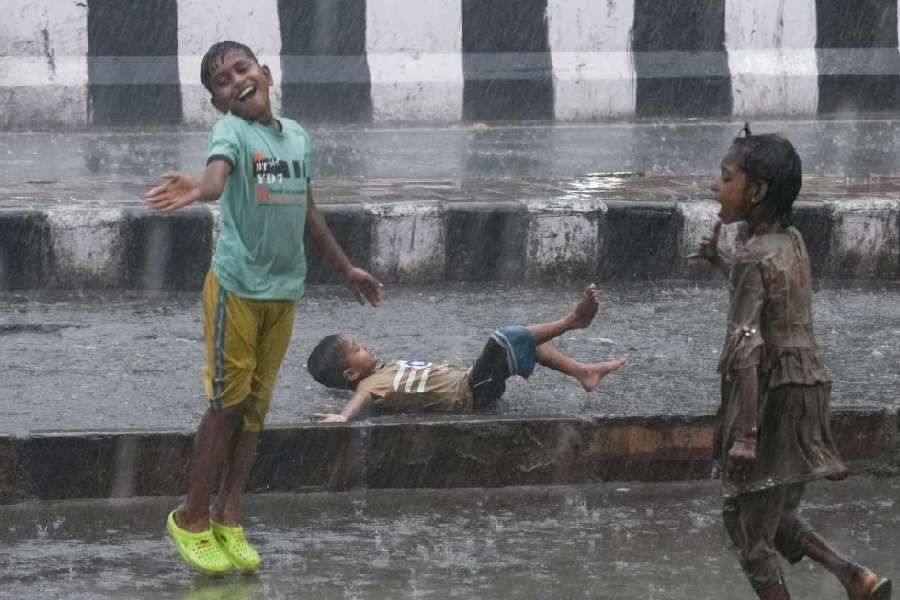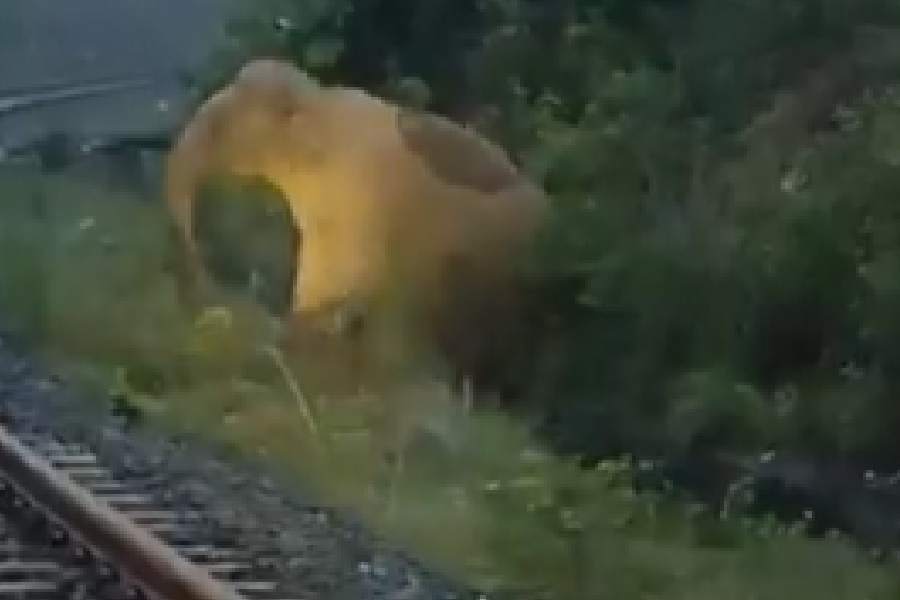 |
Ranchi, July 10: If the Congress’s blackmailing tactics hasn’t allowed chief minister Madhu Koda and his dispensation to breathe easy for over a year now, the people of Ranchi have been faced with a far more serious threat that’s leaving them breathless: air pollution.
For, the Jharkhand Pollution Control Board has found areas in the state capital where suspended particulate matter (SPM) readings have soared to over 1,000 when the permissible limit is 200 microgram per metre cube.
The readings for various other areas of the city were equally alarming while measuring other air quality parameters, namely the amount of sulphur dioxide and oxides of nitrogen. Both were found to have crossed permissible limits.
According to S.K. Singh, senior environmental engineer of JSPCB, the concentration of SPM and respirable suspended particulate matter (RSPM) had increased in residential and commercial areas beyond prescribed limits ranging from 200 to 270 microgram per metre cube during day time.
For sulphur dioxide and oxides of nitrogen, the readings also crossed the permissible limit of 120 microgram per metre. He said there had been a 40 to 50 per cent increase in sulphur dioxide, oxides of nitrogen and SPM in various areas of the city.
“Due to vehicular exhaust, which is increasing day by day, more and more citizens are suffering from respiratory diseases like tuberculosis, bronchitis and acquiring lung infections,” he added.
The board carried out ambient air quality monitoring more than a week back for 24 hours on an average at nine congested localities of the city: Albert Ekka Chowk, Lalpur, Kantatoli, Ratu Road, Piska More, Booty More, Argora Chowk, Birsa Chowk and Rajendra Chowk.
The maximum limit prescribed under the Air Prevention and Control of Pollution Act for SPM was 200 microgram per metre cube, while the limit for sulphur dioxide and oxides of nitrogen were 120 microgram per meter cube in industrial areas, 80 microgram per metre cube in residential and other areas and 30 microgram per meter cube in sensitive areas.
The Kantatoli area and Albert Ekka Chowk recorded the highest presence of oxides of nitrogen at 350 and 235 microgram per metre cube respectively, while SPM readings were highest at Piska More and Booty More with 1,207.8 and 1,103.5 microgram per meter cube respectively.
Kantatoli also recorded the highest sulphur dioxide reading at 125 microgram per meter cube.
But the better areas where the key parameters of SPM, sulphur dioxide and oxides of nitrogen were found within permissible limits (within 4.5 to 9 microgram per metre cube) were Rajendra Chowk, Birsa Chowk and Argora Chowk.
If vehicle emission was one of the reasons behind soaring SPM readings, the other primary cause for the increase in sulphur dioxide and oxides of nitrogen was adulteration of fuel. “One third of the resultant air pollution is caused by the increasing number of registered and unregistered vehicles plying the city,” Singh said.
R.N. Kashyap, laboratory-in-charge of JSPCB, said that for residential areas, the monitoring was done by a high-volume sampler machine to detect SPM, sulphur dioxide and oxides of nitrogen.
“The particulate matter found in the air is also due to emission of carbon monoxide from two and three-wheelers,” he said, adding several diesel vehicles don’t carry the mandatory pollution under control certificates.
JSPCB member secretary R.K. Sinha agreed that two and three-wheelers needed to be checked strictly to avoid the increase of SPM, sulphur dioxide and oxides of nitrogen in the air.











